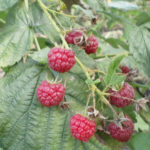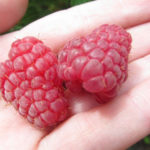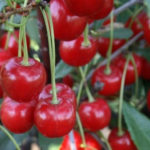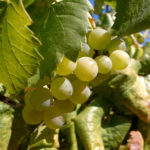Tago strawberry variety
Tago is a mid-late non-renovated variety of garden strawberries (strawberries) for universal use, it is recommended for processing. It was bred in Holland quite a long time ago, did not receive much popularity, at the moment it lives mainly in garden plots. It is appreciated for good taste, good yield, excellent immunity to diseases and decent winter hardiness. Suitable for cultivation for personal use, not used in commercial cultivation.
The plant is medium-sized, compact, densely leafy. Abundant formation. The leaves are large, light green in color. The flowers are bisexual, white. Berries at Tago are medium in size, conical in shape, do not differ in uniformity; by the end of the fruiting season, truncated-conical specimens predominate. The skin is bright red, shiny, at the stage of full maturity it acquires a burgundy hue. Strawberry pulp is evenly colored red, firm, but not firm, juicy, with a bright strawberry aroma.
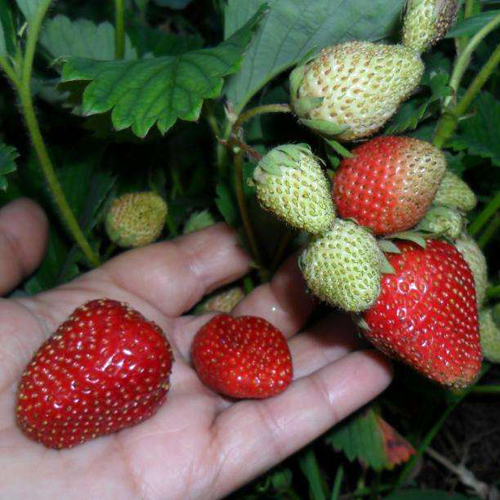
The variety has excellent taste, the berries have a traditional sweet and sour taste, reminiscent of wild strawberries. They are universal in use, they can be used fresh, however, they are better suited for processing into preserves, compotes, jams, etc. The fruits tolerate transportation well, do not crumple or flow, and are suitable for short-term storage. Currently, Tago is not used for commercial purposes, so we will not talk about its value for such tasks.
Strawberries are not large in size, it is difficult to give exact figures, but it can be assumed that the mass does not exceed 30 grams, often it is much less. Our hero also does not shine with yields, again, it is not possible to give reliable figures, but it should be said this: nurseries that claim that Tago is famous for high yields are openly deceiving buyers. It cannot be compared with the newfangled highly productive varieties, so its yield cannot be called high. He will not invent numbers, but we note that our hero will not endow you with an abundant amount of berries, if you are chasing "crazy" productivity, then it is better to pay attention to modern popular varieties with great yield potential.
There is little confusion about the ripening time of this strawberry. So, some sources call it mid-season, others mid-late, and others generally late. This nuance is explained quite simply - like many other Dutch varieties, our hero behaves differently in different climatic conditions. In the southern regions, it can ripen on a par with the mid-ripening ones, in the northern ones it can catch up with the late ones.
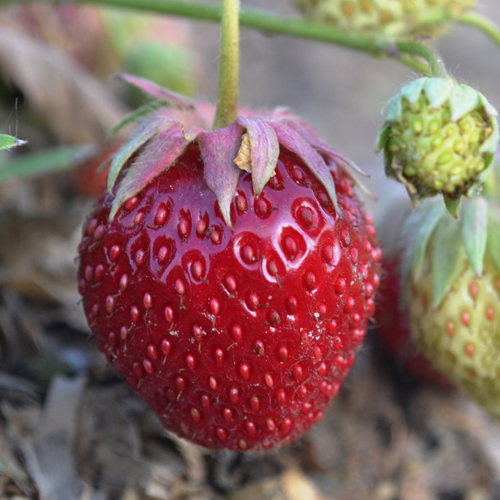
The plant has excellent immunity, is slightly affected by diseases of a fungal and bacterial nature, but preventive treatments will never be superfluous. Tago is quite winter-hardy, but good shelter is highly desirable in the northern regions. Drought resistance and heat resistance are not bad, but there is no exact data on this, so let's just say - it is better to provide plants with regular watering and shading in order to avoid surprises.
In agricultural technology, the variety is quite simple and relatively unpretentious, it only needs standard care - watering, feeding, preventive treatments against diseases and pests, weeding, loosening the soil, as well as timely rejuvenation. Strawberries do not require an abundant amount of fertilizing, but this does not mean that plants do not need fertilizers at all.
Tago is a rather controversial variety, about which there is very little information and reviews.She did not deserve special respect and did not receive wide distribution, but many gardeners are still interested in her. To be honest, it is better to pay attention to other varieties, modern and more interesting. Our hero does not differ in supernatural taste and huge yield, so he may be a disappointment for you. There are plenty of alternatives, and the advertisements of nurseries, allegedly Tago is a very promising high-yielding variety, are just a PR stunt. Either the gardeners somehow incorrectly cultivated this strawberry, since it did not show its merits, who knows. In general, before buying, it is better to look for other options, compare and make the right decision.

